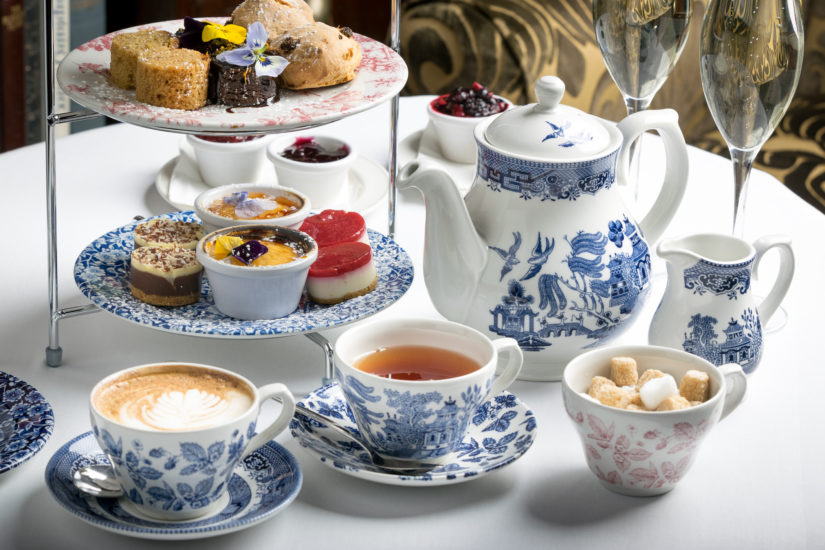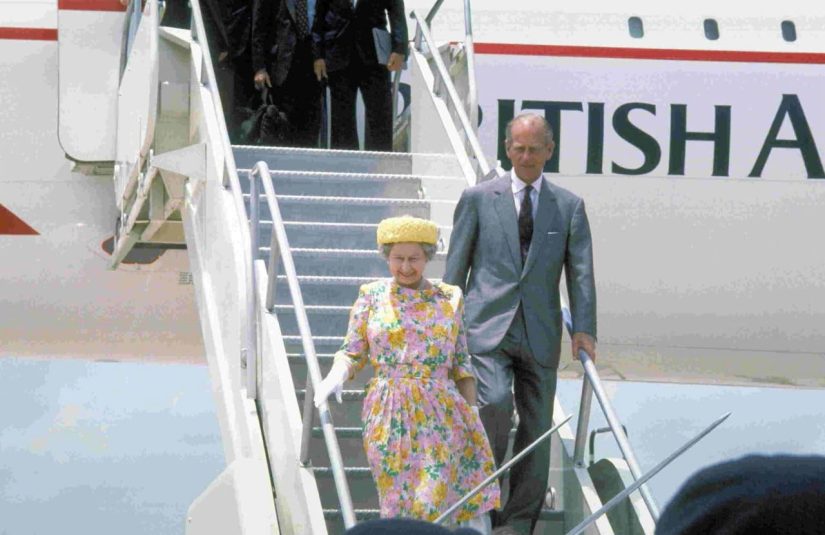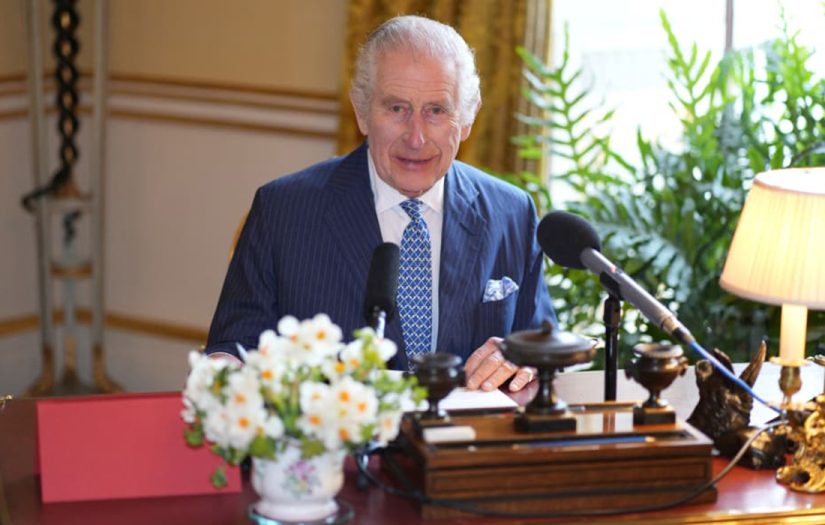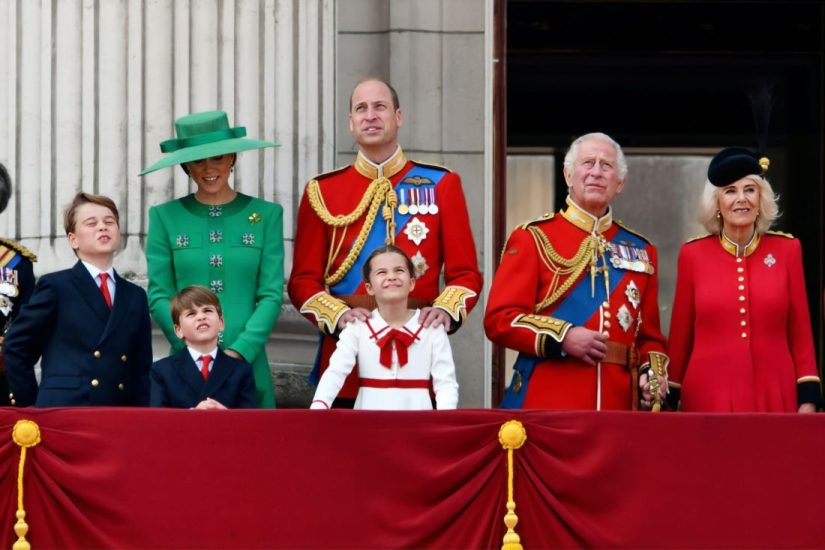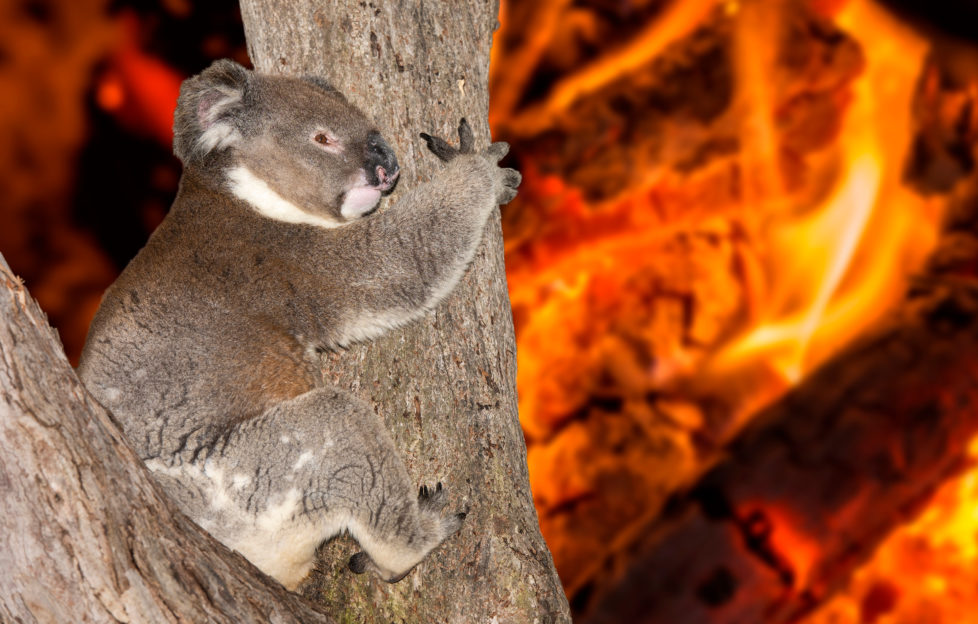
In this week’s issue, David Kippen writes for us about the recent Australian bushfires.
David lives in Australia, and has recently turned his hand from writing short stories to also writing features for us.
We’re glad to have had his help to cover this heart-breaking and important subject.
David did a lot of work for the feature, including a second interview with a lady called Barb at the Port Macquarie Koala Hospital.
Sadly we weren’t able to squeeze on to the page, but we’d like to share it with you now.
Thank you, Barb, for taking time from your busy schedule to tell our readers about your role in helping to rescue and rehabilitate koalas injured in the recent bushfires.
You provide home care for injured koalas. Could you please tell us a little bit about what this involves?
“Firstly, the two koalas that I had at home with me were from the latest fires. Paul is from the Lake Innes Nature Reserve (LINR), and Baz is from Ruins Way.
“Both these koalas had extensive burns covering all of their bodies. Their injuries ranged from singed fur to burned ears, noses, throats and all four feet.
“Initially their burns were treated at the Koala Hospital, but after a few weeks it was obvious they needed more intensive care to make sure they were well hydrated and had access to fresh leaf.
“Once the wrapping was no longer needed on their feet, I just had to apply cream to the affected areas to complete the healing process until they are now well enough to return to the Koala Hospital.
“My other role is rearing orphaned joeys. These joeys can weight as little as 250 grams. They have to be fed a special milk formula, and may need to be fed every two hours around the clock, for a couple of months.
“The time between feeds is gradually increased until the joey is weaned off formula and is eating leaf. By this time it weighs approximately 2½ kgs and is ready to go back to the Koala Hospital.
“Joeys are reared in handmade pouches until they would be big enough to leave their mother’s pouch.
“They are then transferred to a portable mini-gunyah, where they can live climbing around and playing.”
It’s a big job you do, Barb. What are some of the challenges you face when you take wild animals into your home?
“I prefer to think of koalas as native animals, rather than as wild animals.
“The only real challenge I find comes with rearing joeys. They aren’t the easiest animals to rear because they’ve often been abandoned by their mothers for reasons we don’t know.”

Shutterstock.
I understand the koalas are free to roam around in your home. Do they ever get up to mischief?
“The only adult koalas that have ‘a licence to roam’ are the burned ones, and then only in the kitchen/dining room area where the floor is tiled.
“However, the joeys have a licence to play in the lounge room, as they like to climb on my back when they are little. They also love to climb on the kitchen chairs.”
How long have you been doing this important work?
“I’ve been working as a volunteer at the Port Macquarie Koala Hospital for almost 20 years. I’ve been doing home care for about 18 years.”
What do you find is most rewarding about what you do?
“Rewards come in different ways. It can be rearing a little orphaned joey, and seeing it grow to be healthy and released back into wild.
“Or it may be seeing a sick or injured koala rehabilitated and subsequently released back into their habitat.”
Obviously your work can be very stressful at times. What are your biggest challenges?
“The most stressful time has been dealing with koalas burned in bushfires.
“During my time at The Koala Hospital, I have worked through two large bushfires — and it hasn’t gotten any easier to deal with.
“The challenge is to treat their injuries so they can return to the wild fit and healthy, but unfortunately that is not always possible.
“Finally — if I could class this as stress — when rearing tiny orphaned joeys it’s always forefront in my mind to make sure everything is going to plan.”
Thank you for your time Barb. We, and our readers, wish you all the best in your work
For more from Alex, read his blog here.

